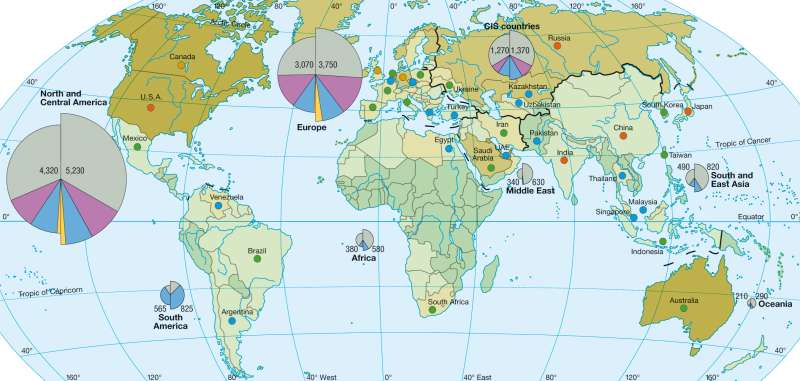Greenhouse gas carbon dioxide (CO₂)
The world - Environment
978-3-14-100790-9 | Page 199 | Ill. 3

Information
The Earth's atmosphere has the ability to reduce the emission of heat from both the Earth's surface and layers of ground level air into space.Without this natural "Greenhouse Effect" the average global temperature would be more than 30°C below its current level, which would make life on Earth impossible. Through human activity the levels of natural greenhouse gases — above all water vapour, carbon dioxide, ground-level ozone and other gases — have increased considerably. The result is global warming, also referred to as the "anthropogenic greenhouse effect", which could have serious consequences in the future.
Current and Future Emissions
According to expert opinion it is the increased emission of greenhouse gases since the beginning of industrialisation that is primarily responsible for the global warming that has been recorded over recent decades. The most significant of these greenhouse gases is carbon dioxide (CO?), which is produced by burning fossil fuels such as coal, oil and natural gases. Whereas about 340 million tonnes were annually released into the atmosphere around 1860, in 2005 it was over 27 billion tonnes. This increase in particular is reason for concern, as more than half of the total ca. 1000 billion tonnes of emissions since the beginning of industrialisation have been produced since the mid 1970s.
This trend has persisted almost uninterrupted on every continent, as can be seen in a comparison between emissions in 1995 and 2005. In no other place was the gro




